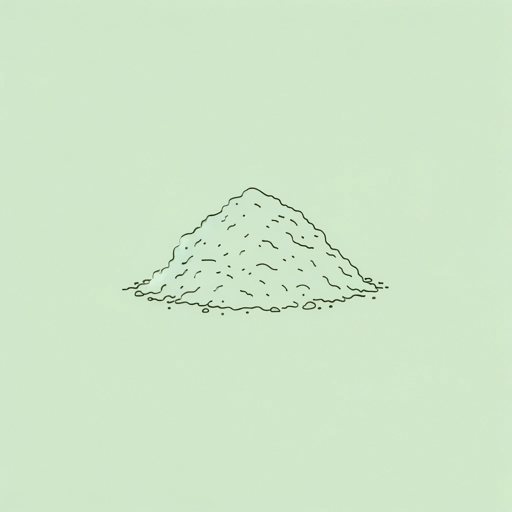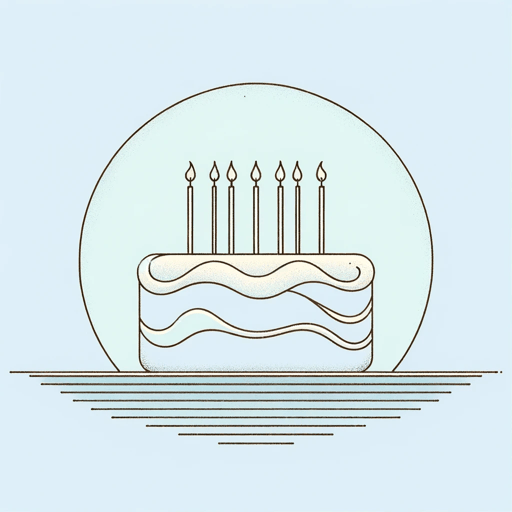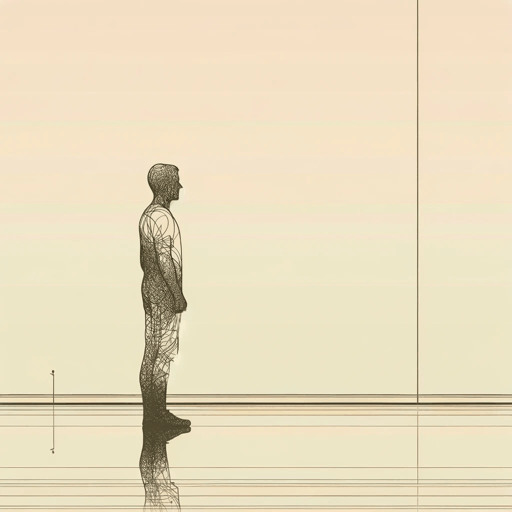17 pages • 34 minutes read
Sharon OldsStill Life in Landscape
Fiction | Poem | Adult | Published in 2004A modern alternative to SparkNotes and CliffsNotes, SuperSummary offers high-quality Study Guides with detailed chapter summaries and analysis of major themes, characters, and more.
Symbols & Motifs
The Road
The highway transcends the scene of the accident in “Still Life in Landscape.” The speaker’s childhood recollection—her family driving in a car along the highway—conjures American freedom and exploration. The adventure halts at the site of an accident, and the body of a woman lies inappropriately in the road itself. All progress waits, forced to acknowledge the violence: A vehicle—the tool used for freedom—becomes a tool of destruction. The road becomes a backdrop, but instead of a blank slate for new ideas or for access (as in works like Jack Kerouac’s On the Road) it’s a tableau of violent peril. The “broken glass / on wet black macadam” (Lines 15-16) is a reminder that the road can lead as easily to death; in fact, death is the eventual destination. The speaker arranges her memory in the last line, much as all the elements of disorder “ranged round” the body “on the tar” of the road (Line 25).
The Human Body
Her focus on the physical earned Sharon Olds the occasional title “poet of the body,” and the poem “Still Life in Landscape” accords in its unabashed detail of physical form. The speaker inventories the body left on the highway: back, head, shoulders, spine, leg, and thigh.
Related Titles
By Sharon Olds







